
Culture
10:24, 17-Dec-2018
40 Elites in 40 Years: Traditional culture is an endless source of inspiration
Updated
10:08, 20-Dec-2018
CGTN
03:50
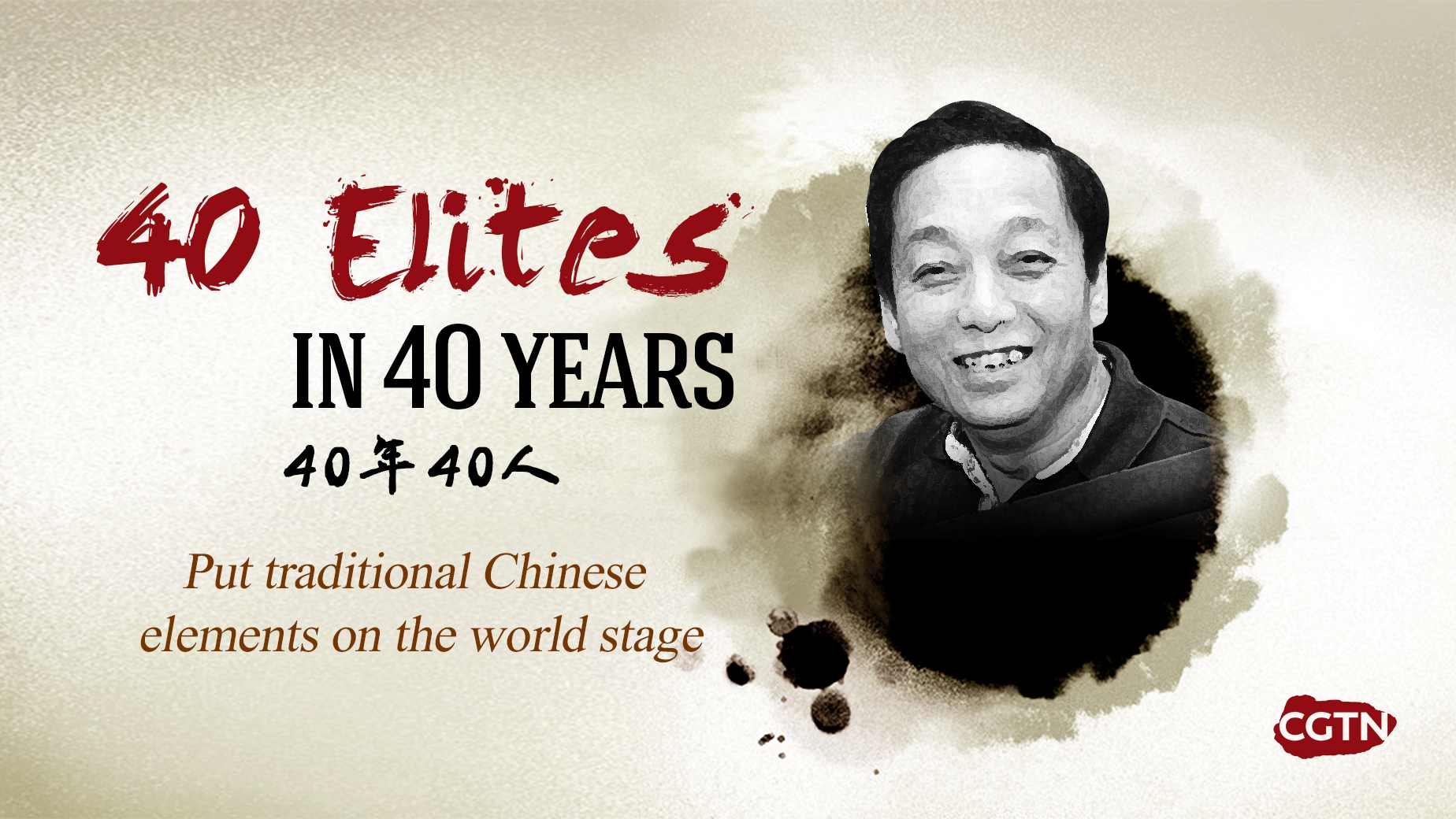
Han Meilin was born in 1936 and is one of China's leading masters of arts and crafts. He has contributed to many fields including painting, calligraphy, sculpture, porcelain, graphic design and literature.
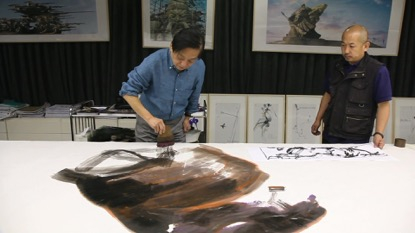
One of his most popular works is the Fuwa mascots of 2008 Summer Olympics in Beijing. The design includes many images from traditional Chinese culture. The colors of the mascots represent that of the Olympic rings and the five "feng shui" elements of water, wood, fire, earth and metal. Each mascot's headgear respectively incorporates patterns of fish, lotus, the fire design from the Mogao Grottoes, Tibetan antelope horns and sand martin kite.
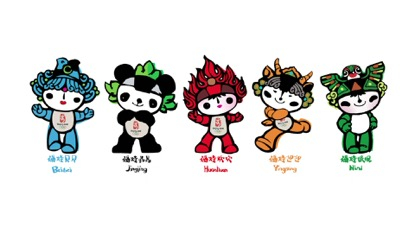
For Han, traditional and folk culture is an endless source of inspiration for his creations. In the 1960s, he worked in the Huainan Porcelain and Ceramics Factory in east China's Anhui Province. During that period, he learned about the lives of many modest workers, which influenced him significantly.
After reform and opening-up began, China's fast economic growth turned many major cities into international metropolises, causing the folk culture and ethnic craftsmanship to fade away. "Where new industries rise, national industries fall, obviously." But Han is determined to preserve the traditional art forms.
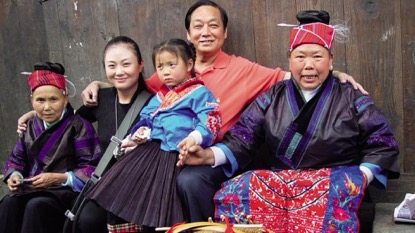
Since 1977, Han has gone on tours around the country with his studio members and students. He calls it the "art caravan.' They go to the rural areas instead of beautiful scenery spots. "I always believe that those are where the best Chinese art lies," said Han.
For over 40 years, the "caravan" has driven more than 900,000 km around the country, starting from the east coast to the Qinghai-Tibet Plateau. Along the Yangtze River, they collected and learned from every kind of folk art; Qinqiang Opera, Chinese paper-cutting, Yellow River drums, rock paintings… they are all sources of inspirations.
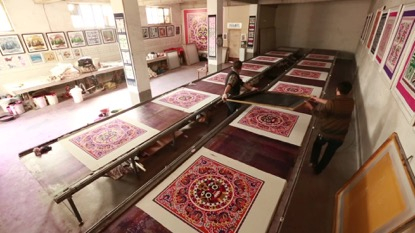
Han and his troupe always offer help to folk artists in need. "We help them financially, learn from them, work and even live with them." As a result of Han's work, many factories on the verge of bankruptcy were revived.
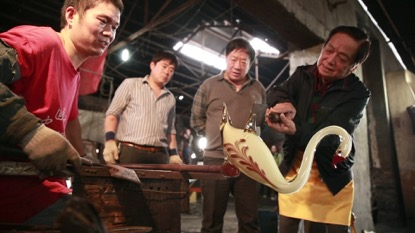
In 1980, Han launched solo exhibitions in 21 major U.S. cities. They were so popular that Manhattan even declared October 1, 1980 to be "Han Meilin Day."
In 1996, his "Five-Dragon Clock Tower," which uses elements of dragon art and ornamental columns, was erected in Atlanta's Centennial Olympic Park, making him the first Chinese artist to ever design a sculpture in the U.S.
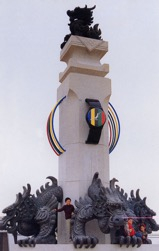
Five-Dragon Clock Tower /Picture from: Han Meilin Official Website
Five-Dragon Clock Tower /Picture from: Han Meilin Official Website
In 2016, "The World of Han Meilin" exhibition kicked off in Italy, France, and China.
From Han's point of view, his international achievements "are actually nourished by the folk arts and the artists around the world." To describe himself, Han said "I'm like a fish that thrives in a sea of art."
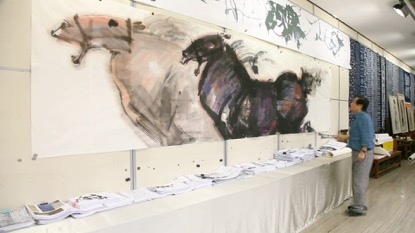
Han insists that the artists "stand with the people and share traditional culture with the future." While he embraces the world, he stays grounded by China's culture and arts.

SITEMAP
Copyright © 2018 CGTN. Beijing ICP prepared NO.16065310-3
Copyright © 2018 CGTN. Beijing ICP prepared NO.16065310-3